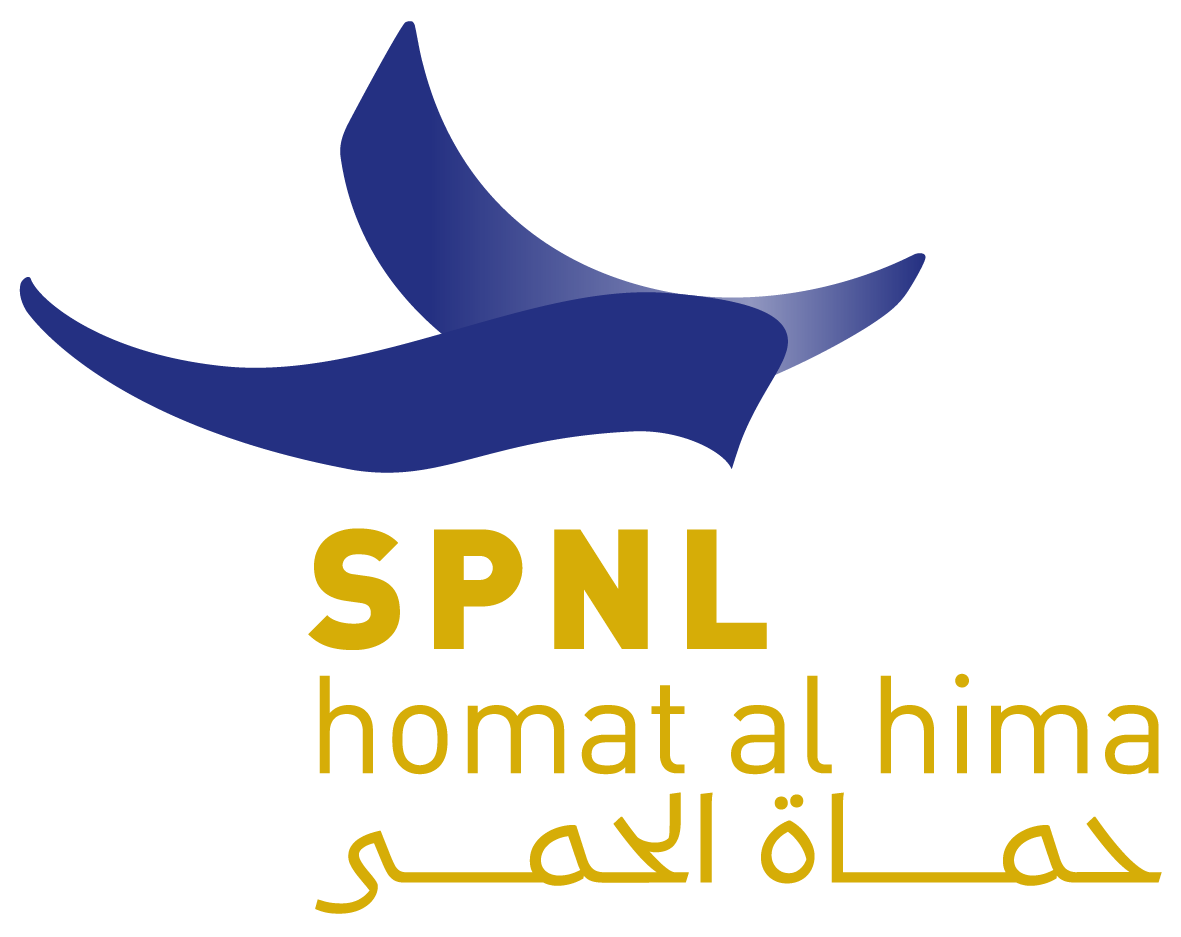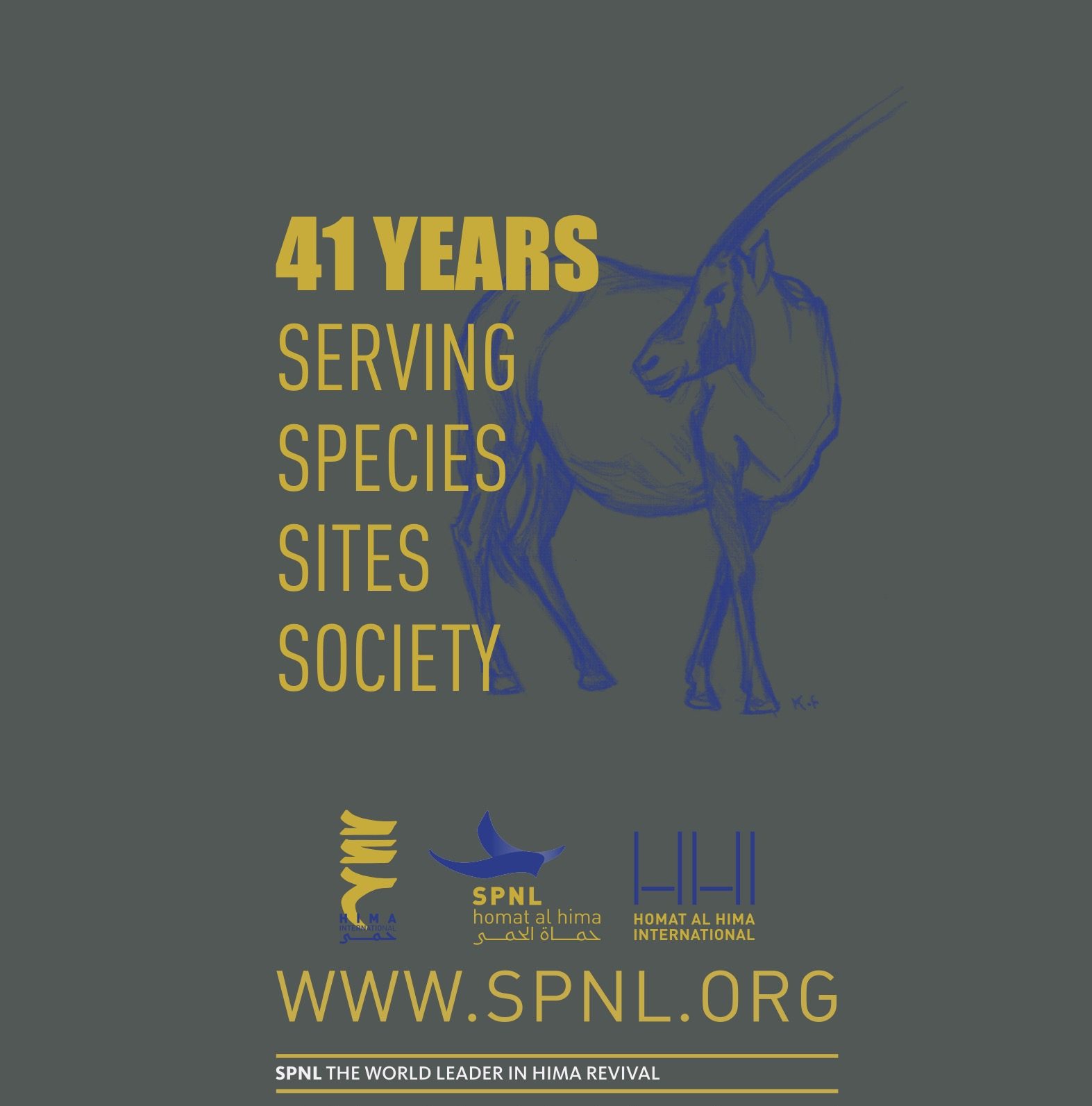In a significant step towards strengthening community-led conservation, the Society for the Protection of Nature in Lebanon (SPNL) organized a dynamic and interactive meeting in the heart of Kornayel, hosted at the Association for Rural Development. The gathering marked a new chapter in the village’s journey toward sustainable development, as residents, local stakeholders, and SPNL representatives came together to officially adopt the Hima approach as a guiding framework for future activities.
Rooted in ancient Arab traditions, the Hima is a time-tested model of community-based conservation, championed by SPNL for over two decades. By reviving this indigenous practice, SPNL empowers local communities to take ownership of their natural and cultural heritage, ensuring both environmental protection and socio-economic resilience.
Brainstorming for a Shared Future
The meeting was not merely symbolic—it was a vibrant space for dialogue, participation, and vision-setting. Representatives from local associations, farmers, youth groups, and environmental activists engaged in an open brainstorming session, facilitated by SPNL’s team of experts. The goal: to identify the community’s most pressing needs and explore how the Hima model can address them effectively.
Discussions ranged from promoting eco-tourism and sustainable agriculture to enhancing environmental education and restoring degraded natural areas. The participants voiced their aspirations for Kornayel to become a model of harmony between people and nature—a place where biodiversity thrives alongside economic opportunity.
Kornayel Declared as a Hima Hub
In a unanimous and heartfelt decision, the community announced the establishment of a dedicated Hima Office in Kornayel. This space will serve as the operational and symbolic heart of the village’s conservation efforts, acting as a platform for coordination, environmental education, and community mobilization.
The Hima Office will also serve as a vital link between Kornayel and SPNL’s wider network of Hima sites across Lebanon, which today number more than 25. From the Hima of Kayfoun to Anjar and Kfar Zabad, these protected areas are living examples of how communities can protect their environment while preserving cultural identity and enhancing livelihoods.
SPNL’s Commitment to Local Empowerment
“This is not just about protecting nature—it’s about empowering communities to take charge of their own future,” said one SPNL representative during the meeting. “By embracing the Hima, Kornayel is reaffirming its role as a guardian of Lebanon’s natural and cultural heritage.”
SPNL’s work in Kornayel aligns with its broader mission to promote conservation through people-centered approaches, as reflected in its partnership with local municipalities, NGOs, and international organizations. The initiative also echoes SPNL’s contributions to global efforts such as the World Database on Protected Areas and its advocacy for OECMs (Other Effective Area-Based Conservation Measures) in Lebanon.
A Model for Other Villages
The successful introduction of the Hima in Kornayel reflects growing momentum for community-led conservation across Lebanon. In a time marked by environmental degradation and socio-economic challenges, SPNL’s approach offers a hopeful alternative—one rooted in local knowledge, collective responsibility, and respect for nature.
As the sun set over the mountains of Kornayel, the message was clear: the village is ready to blossom as a Hima, safeguarding its rich natural landscapes while building a more resilient and empowered community.









